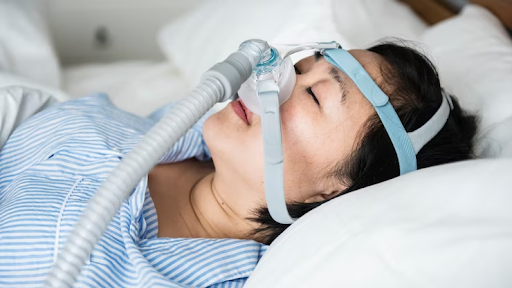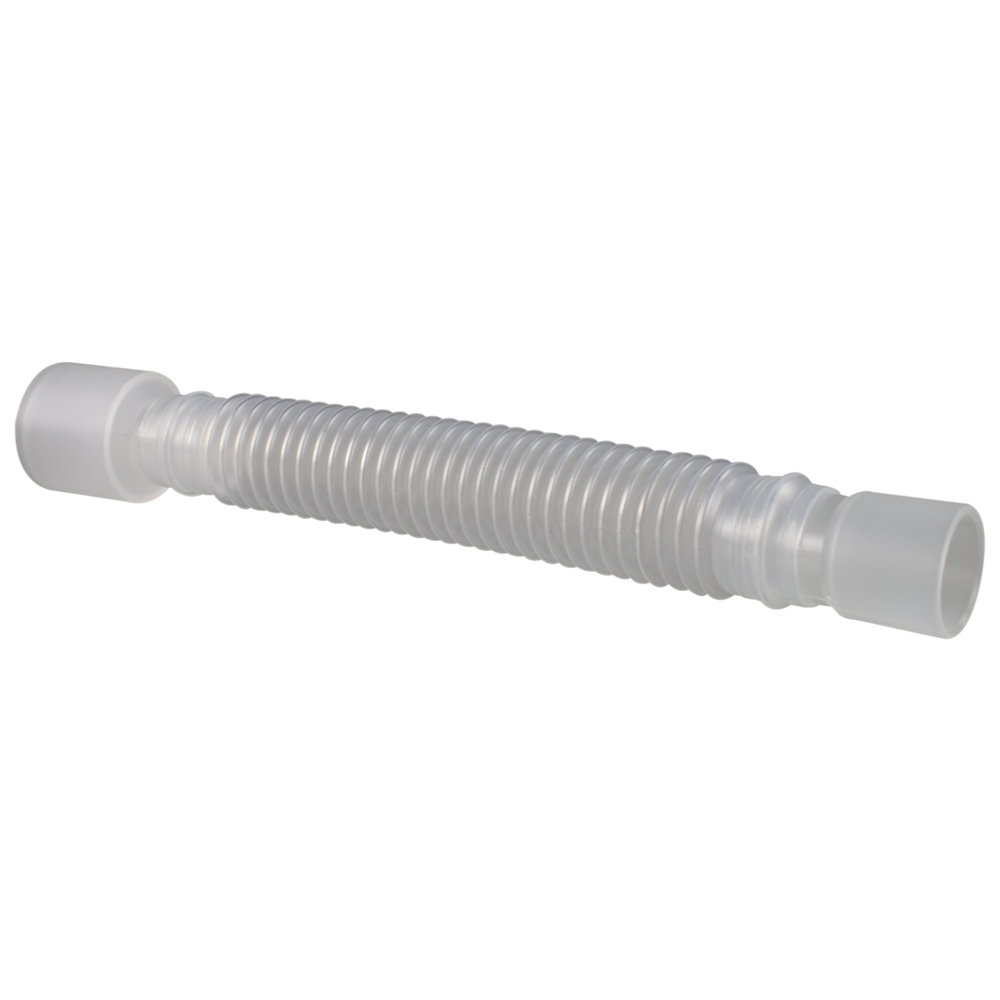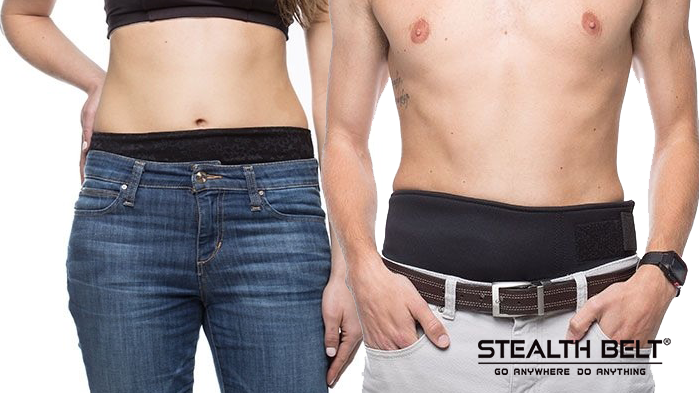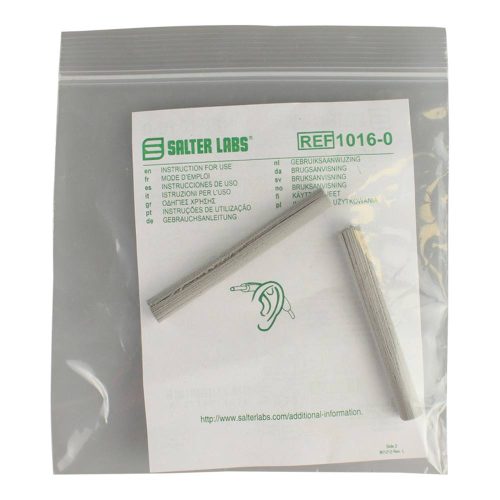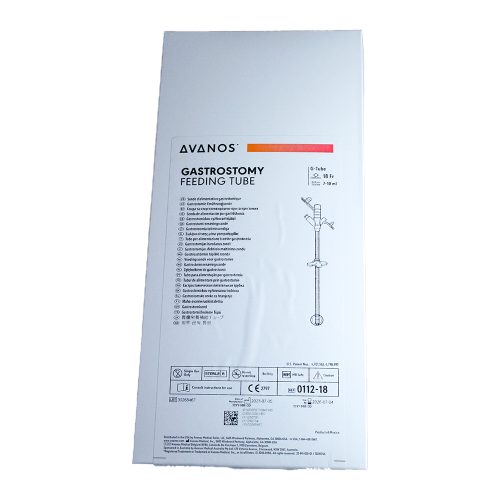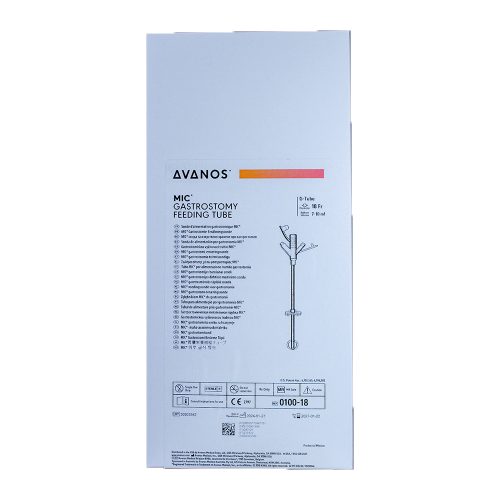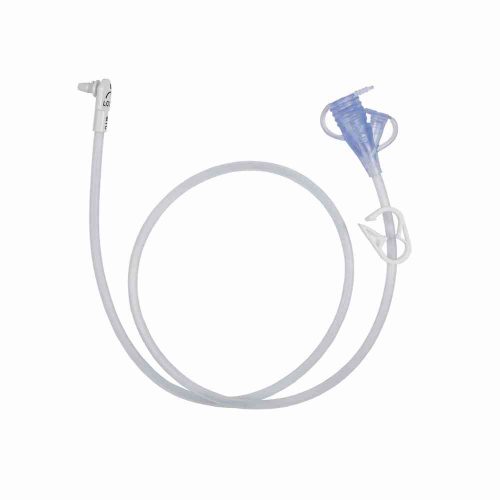Do you or someone you love routinely use a CPAP machine for sleep apnea treatment? If so, regular and thorough cleaning of a CPAP device is essential to ensure safe, comfortable, and effective operation.
If it’s your first time cleaning the equipment, this can be tricky — but no worries! The Monks are here to provide you with an easy-to-understand guide on how to clean the various components of a typical CPAP machine.
No matter your experience level concerning medical care or maintenance procedures, our step-by-step instructions will walk you through every part of the process so that your breathing treatments are as safe and sanitary as possible. Read on to learn more!
How often should you clean your CPAP?
When it comes to CPAP cleaning, the most important thing is consistency. It is recommended that you clean your device every day or a minimum of weekly as per the manufacturers before putting on new supplies such as a mask. This will ensure that your device remains free from dirt, debris, and airborne contaminants that can affect the performance of your machine.
You should also check your equipment regularly for any signs of damage or wear and tear and replace parts when necessary. Taking proper care of your CPAP will help prolong its life span and keep it performing at its best.
To make sure you are getting the most out of your machine, ask yourself these questions:
- How often do I change my filters?
- Are there any visible signs of damage or wear on any parts of the machine?
- When did I last clean my hose, mask, and humidifier chamber?
Answering these questions will help you identify areas needing attention and ensure your CPAP device remains clean, safe, and optimized. Keeping up with regular cleaning and maintenance of your machine is key to keeping it in top shape!
Why is it necessary to regularly clean the CPAP machine?
Regular cleaning of your CPAP machine is integral to managing sleep apnea. Over time, it collects dust, oils from your skin, and other particles that can build up in the device or on its parts. If not removed regularly, this buildup can cause bacteria to grow and spread throughout the device. This bacteria could harm you as you breathe air with these particles during use.
To ensure that your CPAP machine continues to provide a safe and comfortable environment for treatment, it’s important to clean all device components both inside and out regularly. More frequent cleaning may be necessary depending on how much you use the machine and what type of filter it has.
What is the easiest way to clean a CPAP machine?
Cleaning a CPAP machine may seem daunting, but the process is actually quite simple. Refer to the step-by-step guide below.
Disassemble the machine
- Remove the CPAP tubing from the machine by slightly twisting and pulling on the tube.
- Unplug any other accessories connected to the machine (humidifier, power supply, etc.).
- Remove any filters that may be incorporated into the machine’s design.
The cleaning process
- First, ensure you have the right supplies: mild/dish soap, warm water, and a soft cloth or brush. Since CPAP machines are electrical devices, never use harsh detergents or abrasive products when cleaning them.
- What is the best thing to clean your CPAP with? Start by wiping down the outside of your machine with a damp cloth and mild soap — paying special attention to all surfaces that come into contacts with your skin, such as the mask or headgear. This will help keep any bacteria or dirt from getting inside the unit while you clean it.
- Next, remove the water chamber and wash it in warm soapy water. Make sure to use a soft-bristled brush to remove any buildup around the edges.
- Once you’re done cleaning the chamber, rinse it thoroughly and let it air dry before returning it to your CPAP machine.
Precautions in cleaning the CPAP machine
When cleaning your CPAP system, it is important to remember that a few cleaning methods are not allowed. The FDA states that ozone gas and ultraviolet (UV) cleaning systems should not be used due to the potential toxicity for patients. Additionally, using a dishwasher to clean your CPAP parts is prohibited.
It is essential to use distilled water to prevent motor damage when filling up the humidifier. Tap water can contain minerals, leading to corrosion over time and potentially causing machine malfunctions.
Finally, It is important to note that the CPAP machine should never be cleaned in a dishwasher, as doing so can damage or ruin the mask and tubing.
Related Products from Medical Monks:
How often should you replace parts and accessories of your CPAP Machine?
Replacing the components of your CPAP machine is important in ensuring proper health and safety. Here’s a breakdown of the parts and how often they should be replaced:
- Tubing: Replacing the tubing of a CPAP machine is an essential part of keeping it clean and efficient. Generally, CPAP users should replace their CPAP tubing every three months. This ensures that the tubing remains in good condition and functions properly.
- Filters: Generally, replacing the filter once every two weeks is recommended, but this depends on your needs and preferences. For instance, if you live in a dusty or smoky area, you may need to change your filters more frequently. It’s also essential to replace your filters if they get damaged or clogged up with dirt and debris, as this can affect the air quality in your CPAP machine.
- Water Chamber: It’s recommended to replace the tank as the humidifier every six months for optimal cleaning and hygiene.
- Mask: You should replace your mask every three months. Over time, masks can deteriorate or become less comfortable due to regular wear and tear.
- Headgear: It is recommended to replace the headgear of your CPAP mask every six months. This helps ensure your mask fits properly, so you get the best deal possible and can keep up with your sleep apnea therapy. The headgear is typically made from neoprene, a stretchy material designed to fit any head shape comfortably.
- Chinstrap: Replacing the chinstrap of your CPAP machine should be done every six months or sooner if it starts to fray, tear, or show signs of wear and tear. It is important to replace the chinstrap regularly to ensure a good fit.
Make all the difference in the success of your respiratory therapy routine
Caring for and maintaining your CPAP machine is vital to a successful sleeping therapy experience. Cleaning your machine and its parts regularly, checking the air filter occasionally, and replacing parts as needed will help ensure you get the most out of your CPAP machine.
Medical Monkeys proudly offers quality accessories, parts, and replacement pieces. Visit the CPAP section today if you’re looking for quality CPAP machine accessories and parts that provide value.

The MEDICAL MONKS STAFF brings to the table decades of combined knowledge and experience in the medical products industry.
Edited for content by ADAM PAGE.
